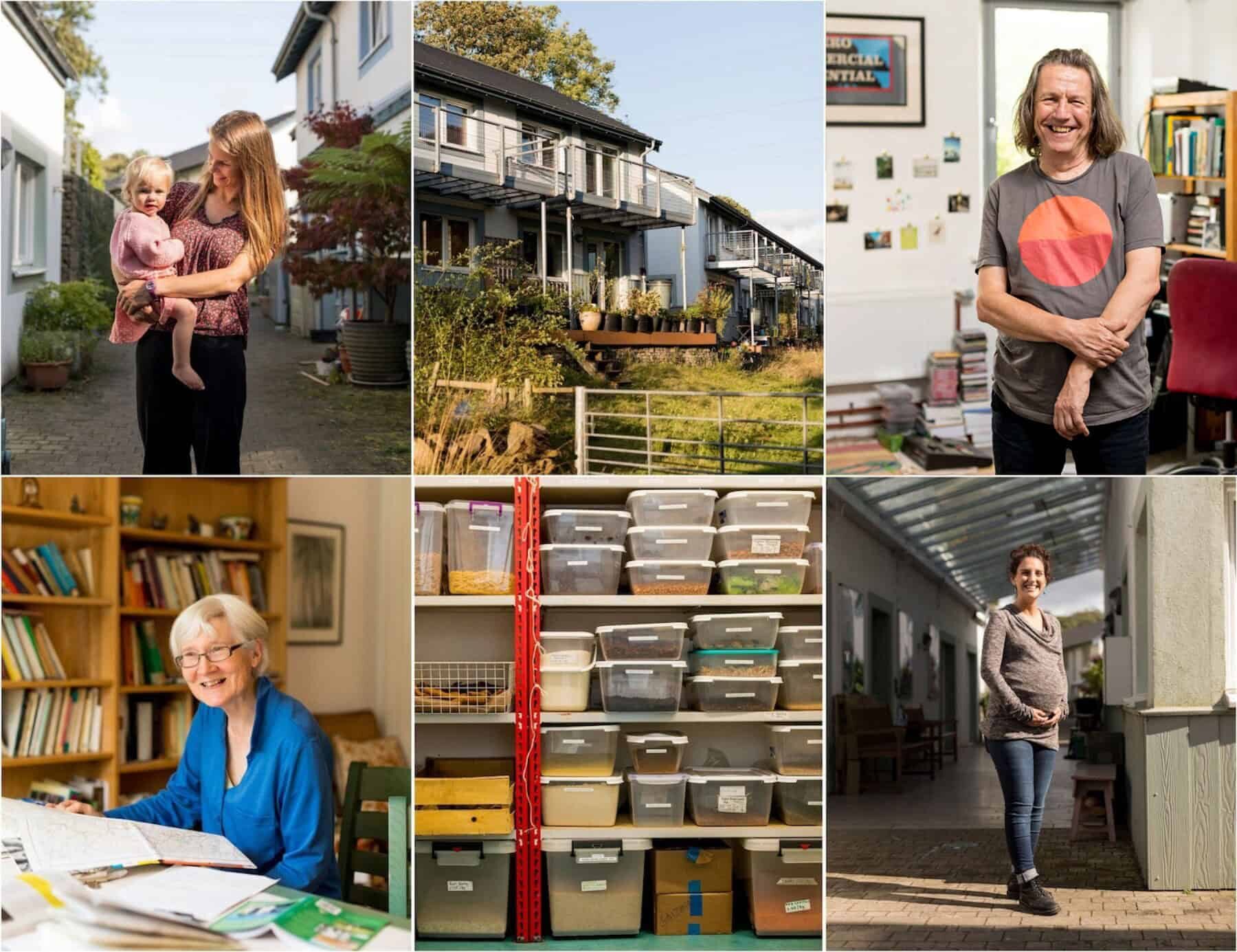With co-housing on the rise in the UK, it is touted as a model for better homes and stronger communities. In Brexit Britain, can this type of living – where decisions are made by consensus and everybody pulls together in times of crisis – also help us become better citizens?
Poppy Stones is redirecting trains. It’s 9am on a Sunday morning and, on a homemade map of Network Rail’s London North Western route that takes up most of the living room floor, she is diverting the miniature locomotives from their assigned course, much to the irritation of her five-year-old brother, Jasper.
At 15 months old, Poppy is Lancaster Cohousing’s youngest resident, and she and Jasper have lived in the intentional community all their lives. “We were really drawn to the way of living where you know your neighbours – it felt like an old-fashioned village,” says their mother, Becky Stones.
Forgebank, home to the family’s community, is one of 27 such developments in the UK. Poppy and Jasper’s home sits on a quiet terrace along with 40 others, facing south across the River Lune and overlooking the woodland opposite.
Like Stones, many residents are attracted to living in a way that affords better relationships with the people around them. “I don’t think it’s actually natural for humans to live alone,” says Mary Searle-Chatterjee, a retired anthropology lecturer.
She is Lancaster Cohousing’s oldest member – although she says: “I don’t believe with age comes wisdom” – and lives on her own. She wanted to balance her independence with being part of a community. “I wanted to live in co-housing. This one seemed practical, down-to-earth, politically committed and in tune with my views,” she says.
Like any other street in the UK, the households along Forgebank contain a spectrum of human life: residents (some 60 adults and 15 children) range in age from one to 77 years. There are young families and couples expecting new arrivals, households with teenage children and empty nesters, child-free couples, LGBT couples, people living alone – all with their own private homes with a lockable front door.
Unlike other streets, however, it also has a common house halfway along it, which is shared by everyone who lives here. It’s a large, high-ceilinged space with an industrial-sized kitchen, tables for group meals, plus a log fire and sofas. French windows lead out on to a terrace overlooking the river, where there’s patio furniture and a recent addition: the children’s trampoline. With the idyllic river backdrop, it feels a little like a holiday camp.
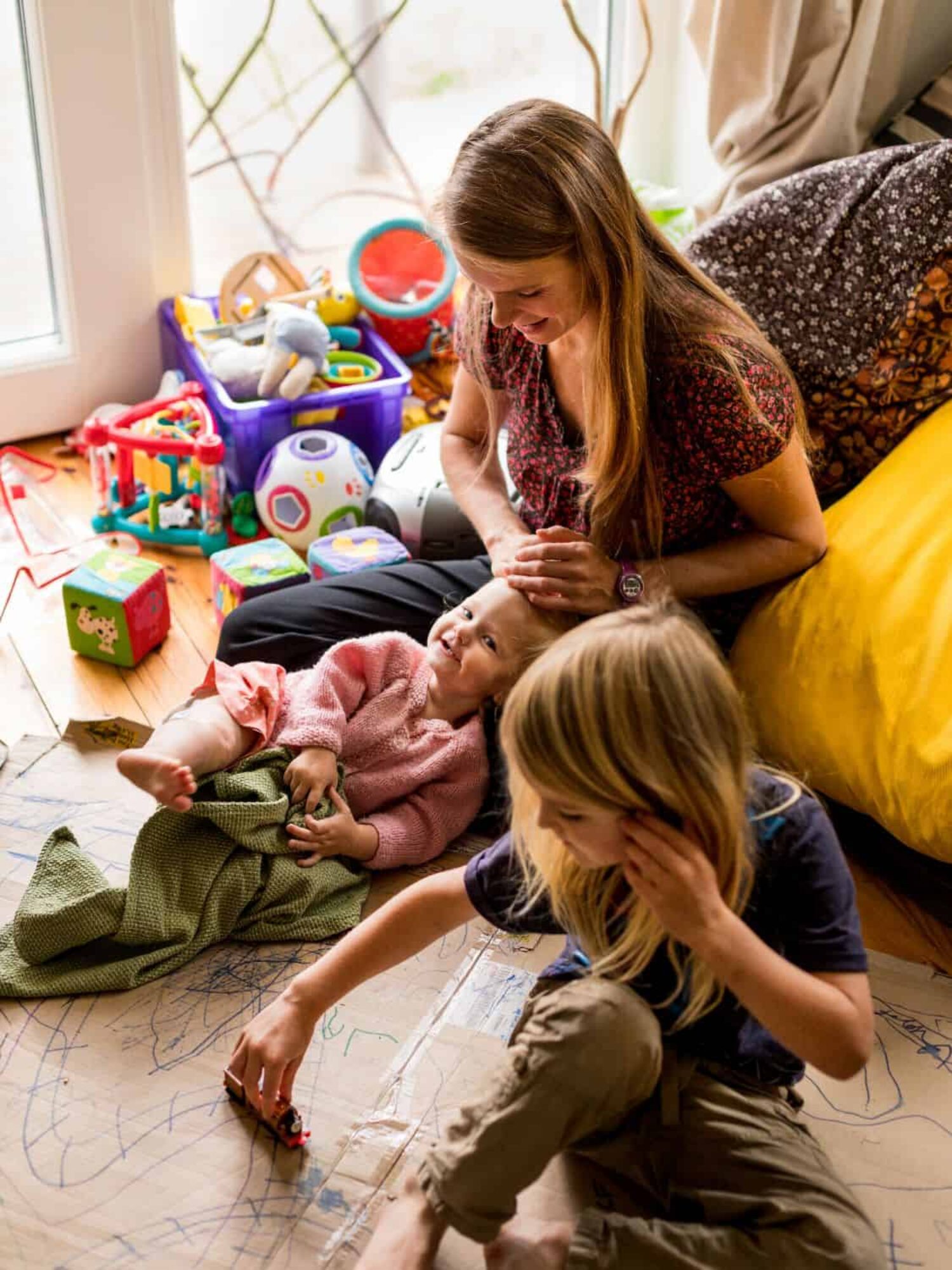
Becky moved into the community with her now-husband Robin in 2012. Since living in Forgebank they’ve got married and had two children: Jasper, who’s five and Poppy, 15 months.
Across the walkway, there are letterboxes and the communal laundry, deliberately separate to encourage residents to chat with each other. Several storerooms have been given over to a small grocery shop as well as a bike room, a kids’ playroom and a meticulously organised garden shed.
Vehicles are confined to a carpark near the main road, meaning Jasper and other children on the street can safely whizz between each other’s homes on their scooters.
“We could have chosen very different options. We wanted to live as part of a community and somewhere that would be really great for kids,” says Charlie Little, a social worker who lives with her partner Johnny Unger, a linguistics lecturer at Lancaster University. They are expecting a baby this autumn, and Unger also has a four-year-old son, Byron.
Co-housing began, in 1960s Denmark, based around the philosophy that “a child should have 100 parents”. “It’s ideal for children – and parents,” confirms Becky. “You have instant playmates without having to plan things all the time.”
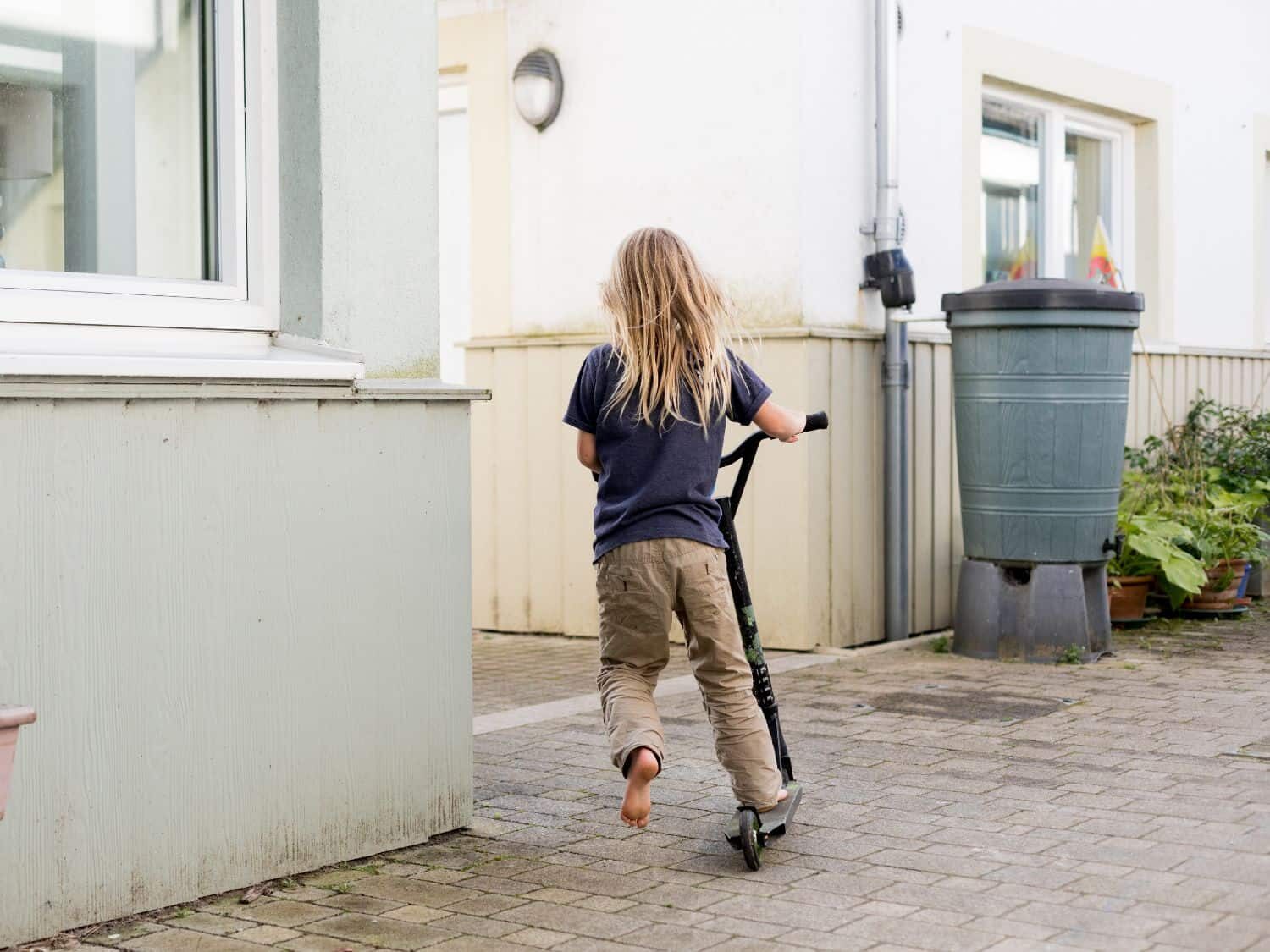
Jasper has lived in co-housing all his life
There’s also instant support. “When Poppy was born, one of our neighbours came and washed up for us for about four weeks, which was incredible. The next-door neighbour said, ‘if you ever need me to hold Poppy while you do something’. I’ve only done it a few times but it’s so helpful when there’s something that I just can’t do while I’m holding the baby.”
And it’s not only parents with young children who feel the benefits of living communally. “This is a very stimulating place to live. It’s full of opinionated people, a lot of whom are quite independent, and I value that,” says Searle- Chatterjee.
“There are so many different people with different interests organising different things,” says Patrice Van Cleemput, a retired health visitor who lives with her partner Corinne Cambrey, an ambulance driver. “We have lots of experiences that we probably would never have had if we didn’t live here.”
The access to resources that living here gives me has been so normalised that I don’t even think about it Chris Coates
Co-housing is gaining in popularity in the UK. In 2013, there were 14 completed developments – just over half today’s number. This year alone has seen two new projects finalised – Marmalade Lane in Cambridge and Cannock Mill in Colchester – with a combined 65 new homes between them.
Often described as a model for a better way of creating houses, it offers alternatives to a host of problems – and is increasingly attracting the attention of councils and housing associations. For a start, homes are designed by or for the people who are going to live in them – one of the defining characteristics of co-housing developments. “It’s people-powered housing – getting people to think about what’s best for them and their community, as opposed to being passive recipients,” says Angela Vincent, a board member for the UK Cohousing Network.
For the community in Lancaster, one of the project’s original aims was to create sustainable, energy efficient homes. As a result, the houses and common house have been built to Passivhaus standards, a German-originated building style that promotes passive heating (such as heat via the sun) and insulation, and which require, on average, 75 per cent less energy to heat, compared to standard new-builds in the UK.
The homes are heated via a biomass-powered district heating system and receive electricity from solar and the nearby Halton Lune Hydro plant. “Growing up in Austria, I find that houses in the UK, particularly newer ones, are built with pathetic levels of insulation and very little thought to sustainability,” says Unger. “It’s really good to have a house that’s really well insulated, and has a district heating system and renewable energy.”
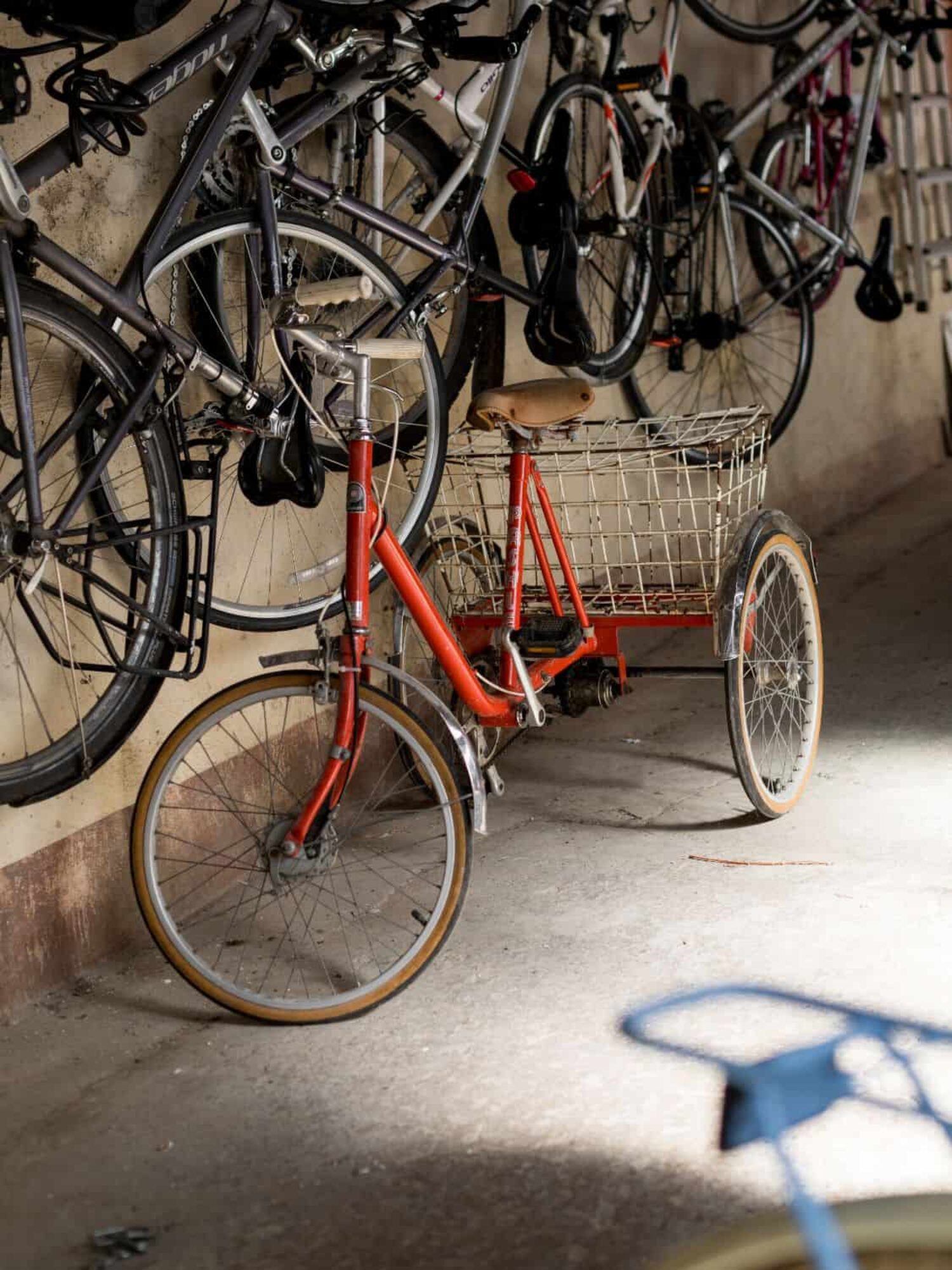
Forgebank’s shared bike store
Lancaster is not the only community to have chosen to build their homes to such a hi-spec: Cannock Mill has also built Passivhaus homes. The 20 homes at Lilac (Low Impact Living Affordable Community) in Leeds include some Passivhaus features and other low-carbon building methods.
“I think we’ve managed to persuade the council that if they build council houses again, they should build them to Passivhaus standards,” says Chris Coates, a Lancaster Cohousing member who lives with his partner, Kate.
Then there’s the community aspect of co-housing, a potential cure for the ‘loneliness epidemic’ sweeping the UK. According to figures published in 2018, 5 per cent of UK adults “often or always” feel lonely, and 16 per cent feel lonely some of the time. The number of people living alone surpassed 8 million in 2018, up from 7.7 million in 2017, and is projected to rise further.
There’s also evidence to suggest that living alone has an impact on health. People aged 65 or older who live alone are 50 per cent more likely to go to A&E than those living with other people; they are also more likely to suffer with a mental health condition.
There are limits to its ability to solve the UK’s ills, however. While some communities (such as the one in Leeds) have found alternative financial models to make ownership accessible to people on lower incomes, co-housing often presents the same barriers as any other housing – it’s unaffordable for many people.
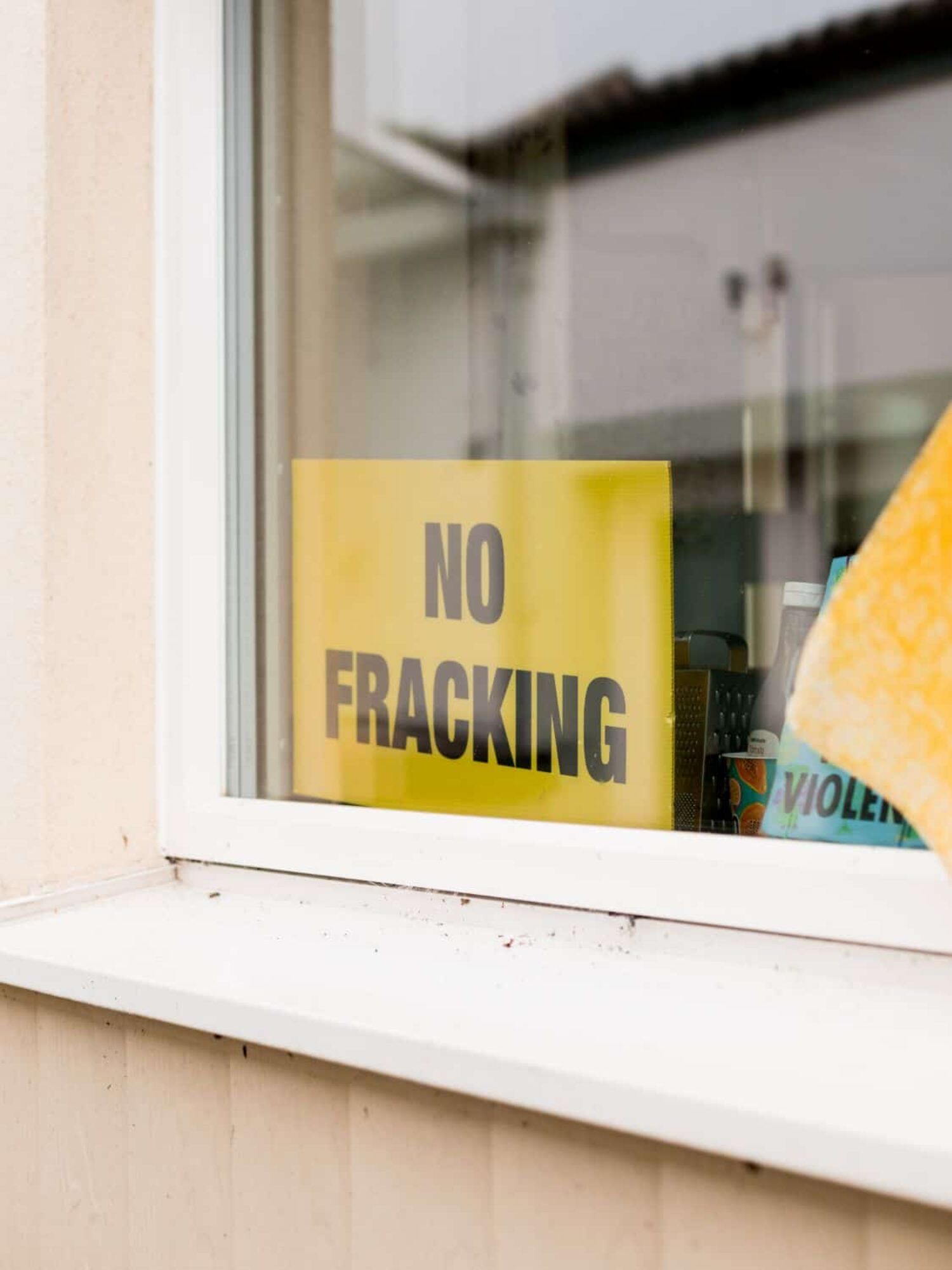
Many Lancaster Cohousing members are passionate about environmental issues
Sunday brunch is a regular communal meal time for Lancaster Cohousing. This week, it’s veggie fritters with mushrooms and homemade beans and around 30 people trickle into the common house from about 10.30 am. The community had originally hoped they’d eat together four times a week. But in practice, it’s proved tricky to organise 60 adults that frequently.
“The scale excites me but I know it doesn’t other people,” says Coates. “We afford the scale of communal resources because we’re the size we are. At some point, it became cheaper to do district heating than to provide everybody with a central heating system in their house.”
Sharing within communities allows the individuals to consume less. There’s a car club, with a pool of six vehicles including two electric. Anyone wanting their own car has to meet strict criteria to prove why they need it. Three washing machines in the laundry serve 41 households.
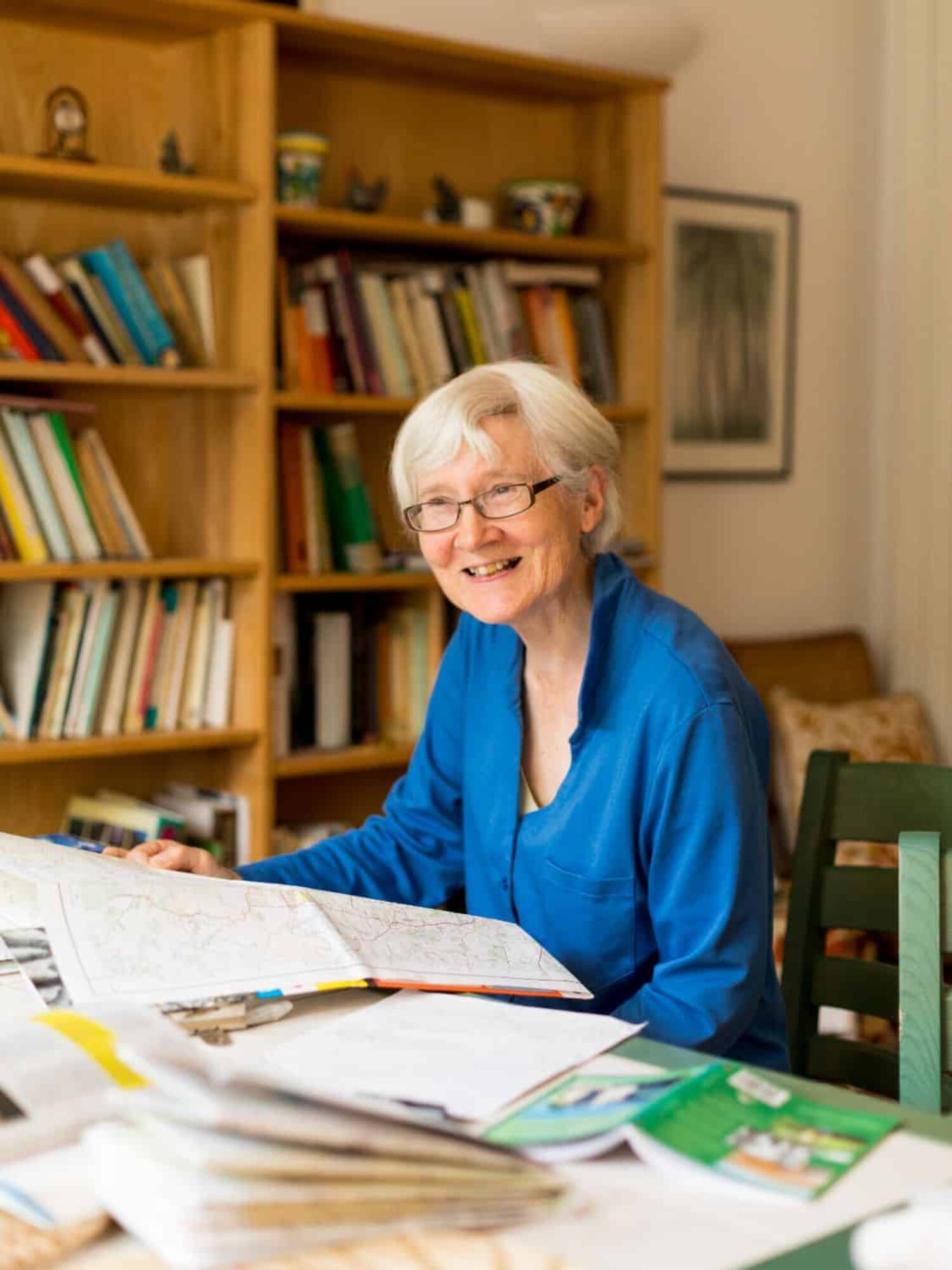
Mary Searle-Chatterjee is a retired anthropologist and has lived in the co-housing community since 2013. “We’re not singing from one hymn sheet,” she says. “But I feel going into the future with people who are active in different ways – for me, I feel that’s a good way to live.”
The on-site grocery shop sells everything from milk to pulses and pasta, Fairtrade coffee or chocolate. Everything comes from brands carefully selected for their ethical and sustainable values that aren’t always available in mainstream supermarkets: tinned groceries from co-operative Suma; dried food in bulk containers so residents can avoid single-use packaging; toilet roll made from recycled tissue.
“We were really worried if we let too many retired people in we’d have to look after them. It’s completely the other way around. The retired people look after the community, because they’ve got the time,” explains Coates.
Keeping everything running is no small task. “There is always something that needs doing,” says Van Cleemput. A condition of membership is giving two and a half hours per week to “necessary work” for the community, such as helping with finances or overseeing the grounds.
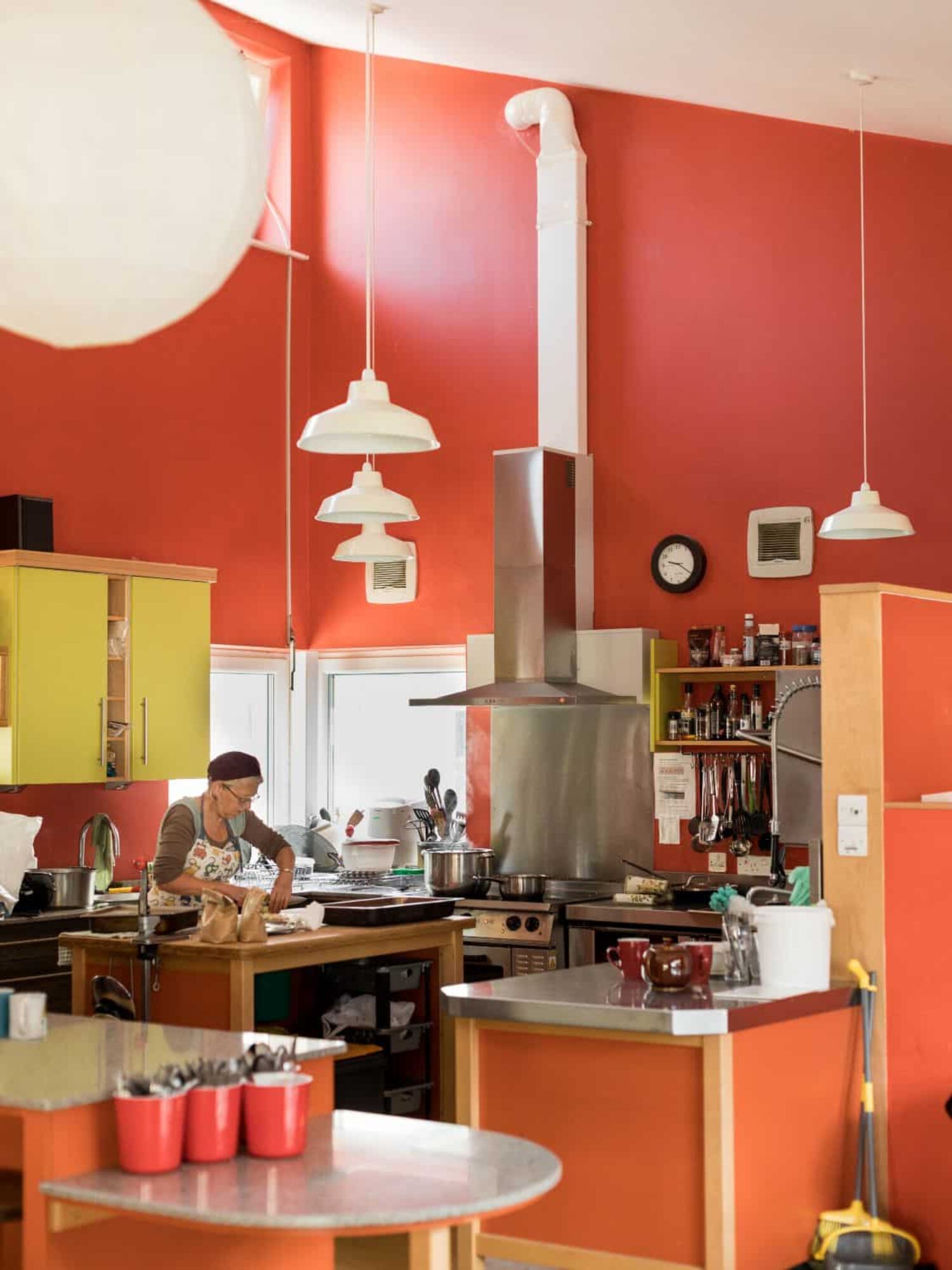
Residents take turns to cook for the community
Several members have taken the responsibility running Halton Mill, which sits at the top end of their site, nearest the main road. Once a factory for an engineering firm, it was derelict when Lancaster Cohousing was looking to buy the site in 2010, and restoring it became a condition of the community’s planning permission.
It now serves as a village hall, with studios to hire that are used for events or yoga lessons run by local instructors, as well as office space and a hotdesking hub that several co-housing residents work from.
“The access to resources that living here gives me – there are people here who run a food co-op; I can drive cars I’d never be able to afford because I’m part of a car club,” says Coates. “Those things have been normalised and I don’t even think about them. The mill is the icing on the cake.”
One thing I’ve really learned since living here is the power of consensus decision making Jo Lyon
Though he rejects the term ‘founder member’ (“too much baggage – we’re way past that now”) Coates was one of the five people who first formalised their intention to create a co-housing development in 2006 by incorporating Lancaster Cohousing Company Ltd.
He and his partner, Kate, are also the only members of Lancaster Cohousing to have previous experience of living in intentional communities. “You have to be a bit thick-skinned to live communally, to a certain extent,” he cautions.
Because for all its benefits, co-housing comes with pain points, too. “It’s the longest and most expensive personal development course you’ll ever go on,” says Jo Lyon, a knowledge and learning specialist in the charity sector who lives in the community. “You learn so much about yourself and other people.”
“The thing that has caused me to re-evaluate so much is realising that what I understood as diversity was actually a very narrow form of diversity,” says her partner, Miles Doubleday, a software developer. “The breadth of the axis on which two humans can be different from each other – my eyes have been totally opened to that.”
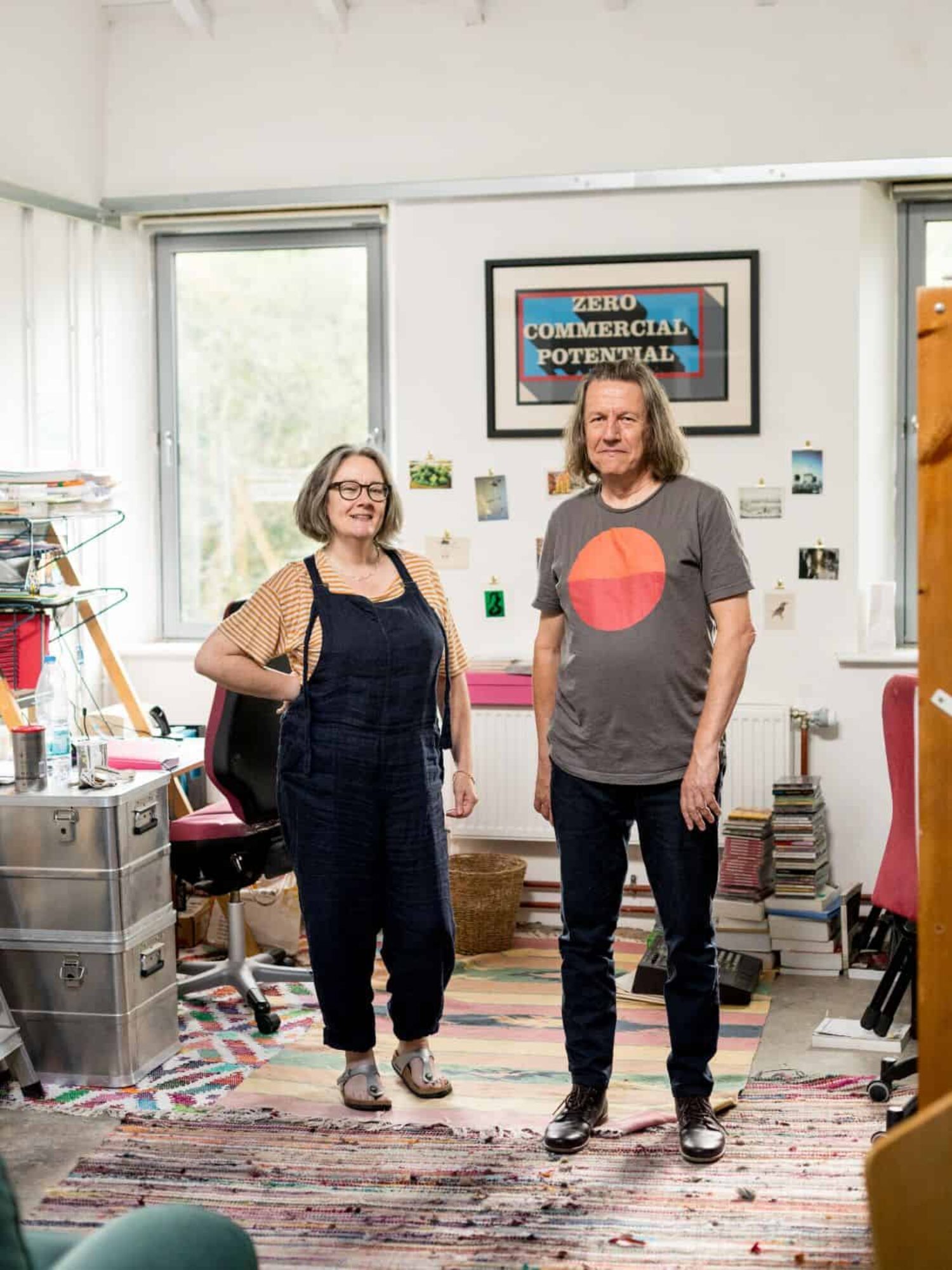
Miles Doubleday, a software developer, and Jo Lyons, a learning specialist in the charity sector, moved from Oxford to join the community. They were the first members to move into Forgebank, in August 2012. “I look around the world at people falling out with each other; the only way I could imagine trying to work against that was to move to an intentional community,” says Miles.
Like any society, Lancaster Cohousing has a set of policies that community members must live by. There are general meetings every other month to discuss policies and other community matters. Decisions are made by consensus, as opposed to a majority rule. “Anything by consensus is slow,” says Van Cleemput. Some people might find a certain policy draconian; for others, it’s too weak. But, crucially, everyone needs to agree.
“We woke up the morning after the EU referendum and Miles said ‘I wish we’d done that by consensus,’” says Lyon. “One thing I’ve really learned [since living here] is the power of consensus decision making. We follow quite a structured process and we’ve really worked hard on making that better and making sure no one is using power to influence other people.
“It takes a lot of active listening, really trying to empathise with somebody that you don’t agree with. It feels like the complete opposite to the way we seem to be making a lot of our political decisions at the moment. That ‘winner-takes-all’ approach is horrendously divisive and potentially quite dangerous.”
There is one topic that has caused factious rifts in the community: food. Specifically, the presence of meat and animal-derived foods in community meals. On one side, passionate vegans; on the other, omnivores who enjoy eating meat.
It’s a conflict that has nagged at the group for years. There have been unpleasant meetings and arguments; community members have left. It’s become a bitter war of ideologies: Lancaster Cohousing’s private version of Brexit.

Lancaster Cohousing’s district heating system
Unlike Brexit, however, both sides have to address their differences head-on. “We had some strong conflict and high emotion,” says Chambrey. “[But] we can’t run away from here. We have to solve it.” If you don’t learn to compromise, she says, the alternative is shrinking away from community life altogether.
Hours have been spent in meetings trying to reach a mutually satisfying solution, trying different methods of conflict resolution: restorative justice circle; one-on-one meetings between key protagonists. It has required a tremendous amount of patience and compromise. “When you move into a community, it’s never going to be the community you dreamt of, because other people come and bring their own ideas,” says Chambrey. “You have to adapt.”
Not everyone can. Several people have decided that communal life wasn’t for them and moved out (the first few years typically bring the most movement for co-housing communities). “I don’t think there was any way of knowing if it was wrong for you,” says Coates. “We were selling a concept.”
Ultimately, it comes down to putting a desire to be part of the community ahead of a desire to get your own way on individual issues. It’s a sharp contrast to the politically polarised state the UK currently finds itself in.
“Because we’re all in this space together, you have to work out how to maintain your friendships while sometimes profoundly disagreeing on an issue,” says Lyon. It’s a skill, she adds, and one that everybody has been forced to develop. “The number of casual relationships I’ve got with people who I don’t see eye to eye with is great.”
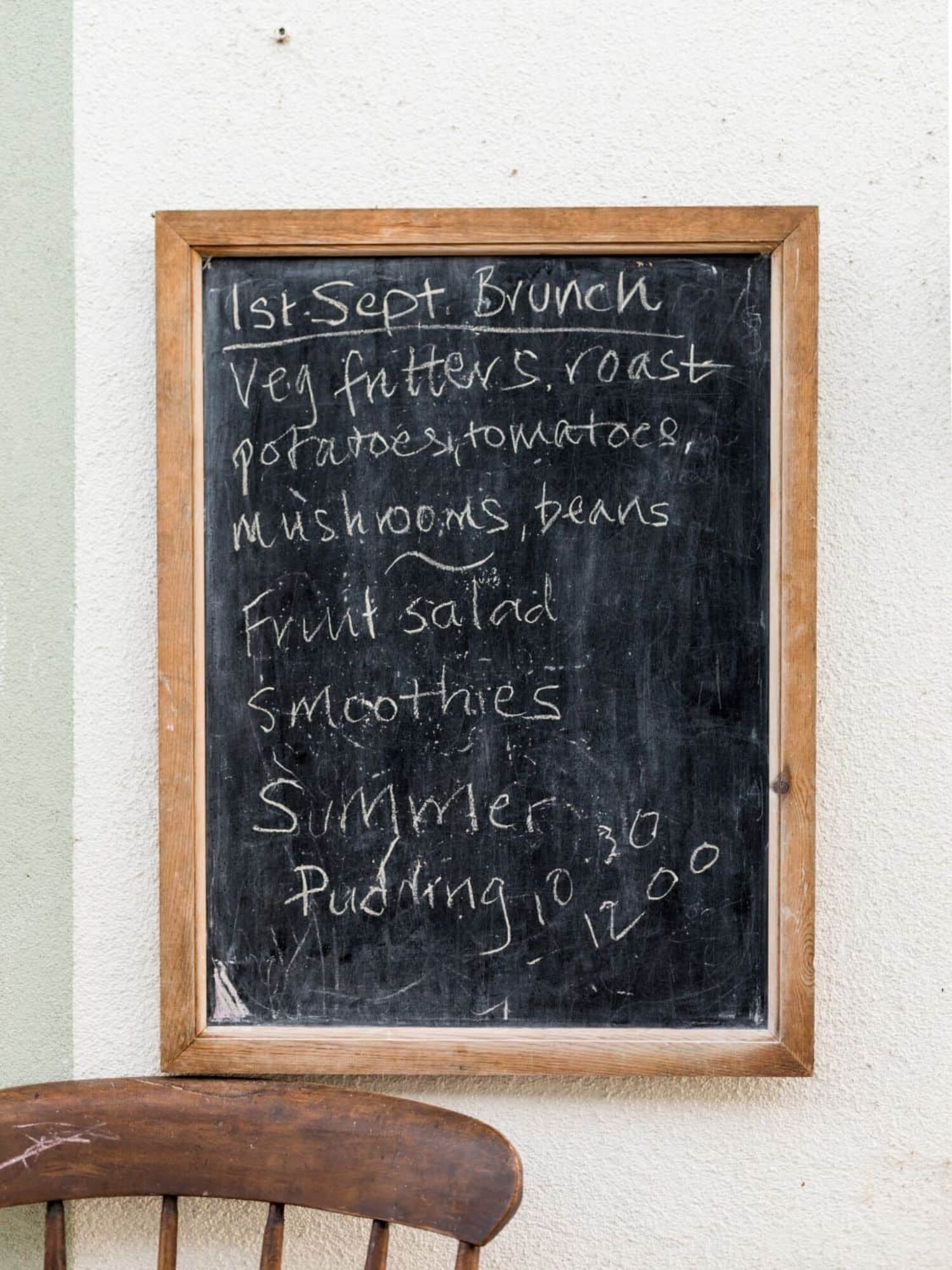
The community eats together a couple of times a week
One thing everyone does appear to agree on: community living really comes into its own in times of crisis. “Storm Desmond was the best bit of community-building we’ve ever done,” Coates says. “All differences went out the window.”
The 2015 storm resulted in floods that put parts of Lancaster and Cumbria under more than a metre of water. Miraculously, the rising river stopped short of the homes at Forgebank, however there was still talk of evacuating the street. Luckily, the community was organised to deal with such an event.
“Something happens, and we’re like a team of ants,” says Chambrey. “Everybody knows what they have to do, when they have to do it and we all check on each other. That’s brilliant.”
Last year, the community dealt with its first death. “It was very moving,” says Coates, but, “it was a very positive experience. It didn’t feel in any way tragic, because of the way it had happened.”
Roger had moved into the community knowing his cancer was terminal. “He was living on his own, feeling very lonely so he moved here and got very involved in the community,” Coates explains. As the side effects of his treatment got worse, however, Roger had decided stop taking the drugs. “He made an announcement, said: ‘I’m quite happy to talk about it; quite happy not to talk about it if you find it upsetting. Come and see me’.”
So his neighbours sat and chatted with him and friends took care of him. At his suggestions, a coffin was placed in the mill for the community to write messages of farewell on. “For the last two weeks he was in a hospice and the nurses could not believe he’d been looked after for the previous six months by his neighbours. He would have been in hospital well before the last two weeks if he hadn’t been living in co-housing,” says Coates.
Every member has their personal gripes with the community, but a shift in perspective is often all it takes to remind them of everything they get right. “I’m a member of a tennis club and our committee meetings are so disorganised compared to our meetings here,” says Van Cleemput.
“It’s a giant experiment, what we’re doing here, and all of us are working on it together in our different ways,” adds Doubleday.
The rift, although not completely healed, has found an equilibrium. The people who have left have been replaced by new members who don’t carry the baggage of past conflicts; Little and Unger, for example, bought their home in August 2018. “When we came in we were all fresh-eyed and full of energy,” explains Little. “I think that was quite good for the community.”
And life carries on. Since moving in, Lancaster Cohousing has had intra-community marriages and a handful of babies born – with two more due to arrive before the end of the year. “We’ve matched, hatched and dispatched,” says Coates. “I feel incredibly lucky and privileged. This is far more than I thought we could ever achieve. I cannot believe what we’ve done here, from where we started.”
